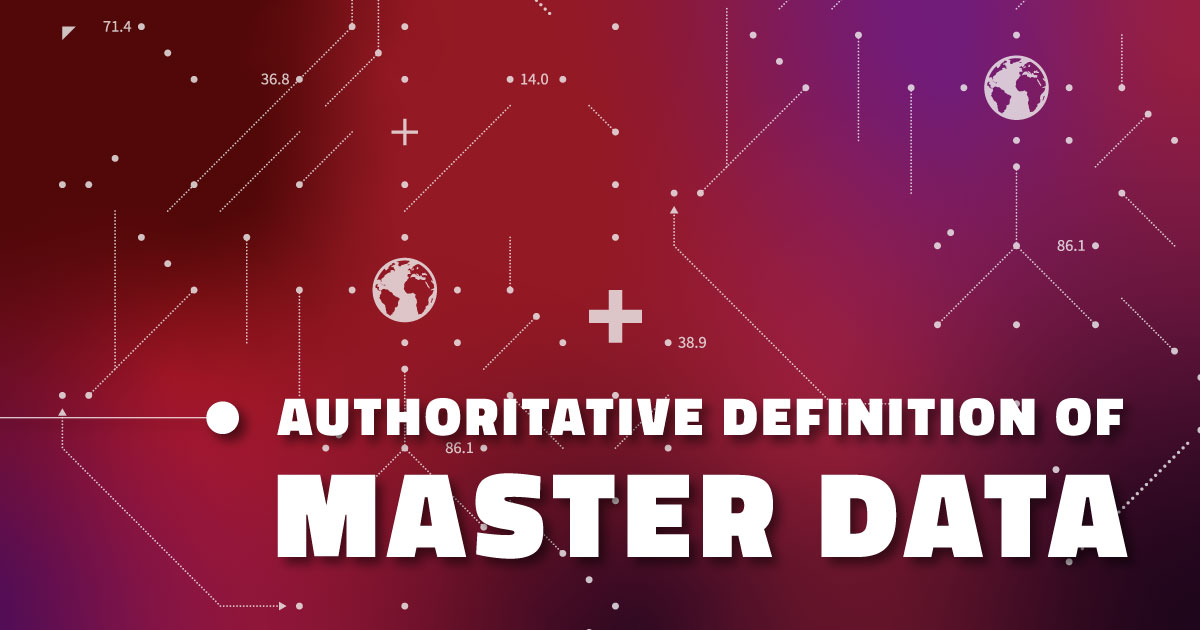An Authoritative Definition of Master Data
Demystifying a core concept in contemporary data science
Introduction

Master data search query
A quick online search further multiplies the confusion, with differing definitions from myriad sources.

Arriving at a standard definition for Master Data required the minds of all of our data scientists combined!
Defining Master Data
According to industry experts, master data is the consistent and uniform set of identifiers and extended attributes that describe the core entities of an enterprise. It includes non-transactional, top-level, and relational business elements that play a key role in core operations.

Master Data consists of 5 key characteristics.
The 5 Characteristics of Master Data
- The Data in “Master Data” is Attributes
Master data comprises fields, known as attributes, that belong to business entities like products, customers, vendors, and locations. These attributes help identify an entity or describe its properties.
- Attributes Consist of Identifiers
Identifiers are key attributes used to uniquely identify an entity. For example, a person may have a name, Social Security Number (SSN), or a product may have a Universal Product Code (UPC). Uniqueness is crucial for creating a single source of truth in MDM.
- Impact of Entity Space on Identifiers
As the entity space expands, the probability of identifier collision increases. For example, a person’s name may be unique within a company but not globally unique. combining multiple attributes, such as name, date of birth, and place enhances the probability of unique identification.
- Impact of Entity Density on Identifiers
Entity density refers to the concentration of data within an enterprise. When data is spread across multiple systems, duplicate identifiers or different identifiers assigned to the same product can occur. Increasing data density decreases the probability of uniqueness. Multiple attributes may be required to uniquely identify an entity within a dense data environment.
- Attributes Consist of Describers
In addition to identifiers, master data contains describer attributes. Describers provide detailed information about an entity, allowing for effective operations and decision-making. For example, a person’s medical history or a product’s specifications and seller details.
Conclusion
The mega loads of data in large enterprises require a combination of multiple Attributes and Identifiers in order to effectively distinguish and demarcate each entity, and this combination as a whole becomes Master Data.
In short, Master Data is the crucial information that serves as the bedrock for an organization’s core operations.
Its significance lies in its ability to drive effective decision-making, enhance operational efficiency, and support strategic initiatives.
By harnessing the power of data science, machine learning, and cloud technologies, businesses can optimize efficiency, productivity, and financial outcomes.
Meet the authors








